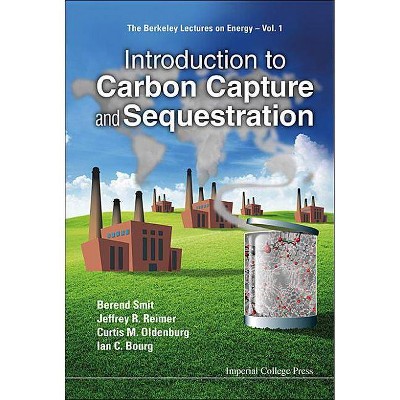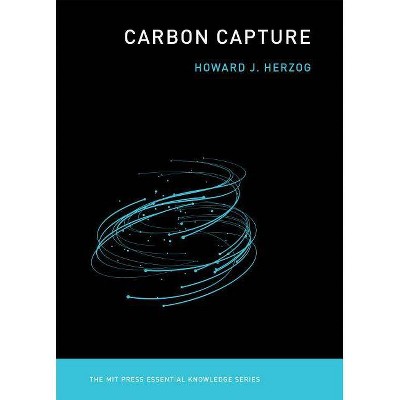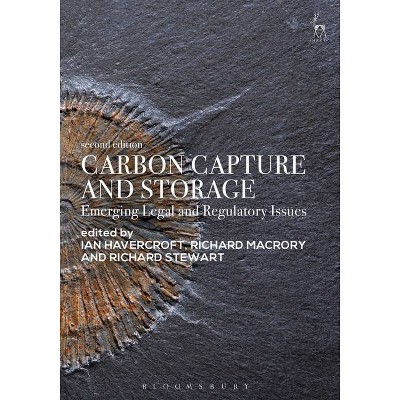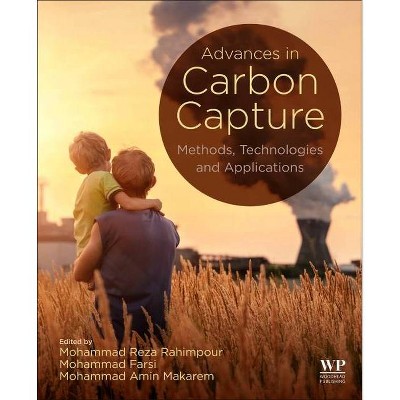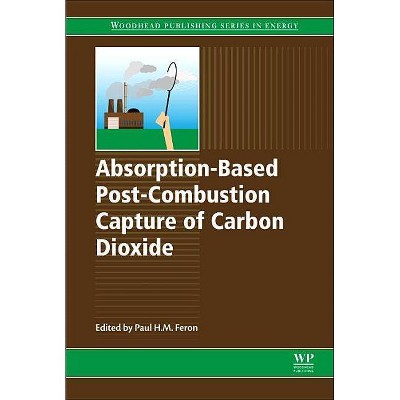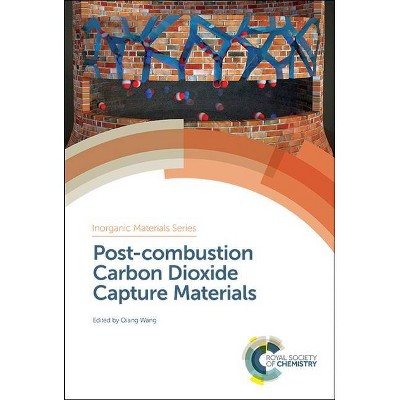Carbon Capture - by Jennifer Wilcox (Paperback)
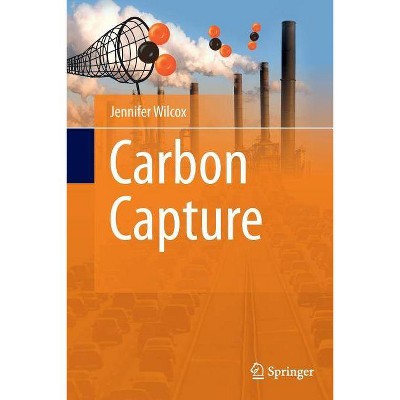
Similar Products
Products of same category from the store
AllProduct info
<p/><br></br><p><b> About the Book </b></p></br></br><p>This book on the fundamental aspects of carbon capture covers a plethora of issues such as thermodynamics, kinetics, mass transfer, and material properties, and features Policy maker-friendly summaries at the end of each chapter as well as practice problems.</p><p/><br></br><p><b> Book Synopsis </b></p></br></br>This book approaches the energy science sub-field carbon capture with an interdisciplinary discussion based upon fundamental chemical concepts ranging from thermodynamics, combustion, kinetics, mass transfer, material properties, and the relationship between the chemistry and process of carbon capture technologies. Energy science itself is a broad field that spans many disciplines -- policy, mathematics, physical chemistry, chemical engineering, geology, materials science and mineralogy -- and the author has selected the material, as well as end-of-chapter problems and policy discussions, that provide the necessary tools to interested students.<p/><br></br><p><b> From the Back Cover </b></p></br></br><p><b>Carbon Capture</b> takes an interdisciplinary approach with in-depth discussion based on fundamental concepts, ranging from the chemical physics associated with a given material that binds CO<sub>2</sub>, to the unit operations of the process, closely coupled by mass transfer. The core chapters pay significant attention to the pedagogy associated with absorption, adsorption, and membrane separation processes for CO<sub>2</sub> capture and include many worked examples and end-of-chapter problems. This book provides the reader with the skillset needed to recognize the limitations of traditional gas separation technologies in the context of CO<sub>2</sub> capture, and how they may be advanced to meet the scale challenge required to substantially decrease CO<sub>2</sub> emissions. </p><p> </p><p> </p><p>From Robert Socolow, Princeton University: </p><p>This comprehensive textbook on carbon dioxide capture, the first one ever, has arrived at a pivotal moment. Removing carbon dioxide from gas mixtures in new and cheaper ways is the key to an energy system responsive to the threat of climate change yet respectful of the merits of coal and natural gas. Wilcox's book will usher a new generation of students into this critical field.</p><p> </p><p> </p><p>From Sally Benson, Stanford University: </p><p>Deeply examining the processes, materials, and systems underpinning carbon capture is essential for improving existing capture technologies, and even more importantly, provides the foundation for disruptive innovations that can make Carbon Capture and Storage a reality. Wilcox's book is a treasure trove of fundamental scientific knowledge that breaks carbon capture down into its essential building blocks. If you are interested in carbon capture, start with this book.</p><p></p><p></p><p> </p><p/><br></br><p><b> Review Quotes </b></p></br></br><br><p>From the reviews: </p>"This work by Wilcox (Stanford Univ.) is the first engineering book focusing on carbon capture; it includes example problems, tables with industrial data ... and a glossary of key terminology. It can be used by students and educators as a textbook for engineering classes as well as by professionals who must develop carbon capture processes and install carbon capture technologies. ... it will have value in many countries where carbon capture is included in industrial processes. Summing Up: Highly recommended. Upper-division undergraduates through professionals." (L. E. Erickson, Choice, Vol. 50 (3), November, 2012)<br>
Price History
Cheapest price in the interval: 69.99 on October 27, 2021
Most expensive price in the interval: 69.99 on November 8, 2021
Price Archive shows prices from various stores, lets you see history and find the cheapest. There is no actual sale on the website. For all support, inquiry and suggestion messages communication@pricearchive.us

